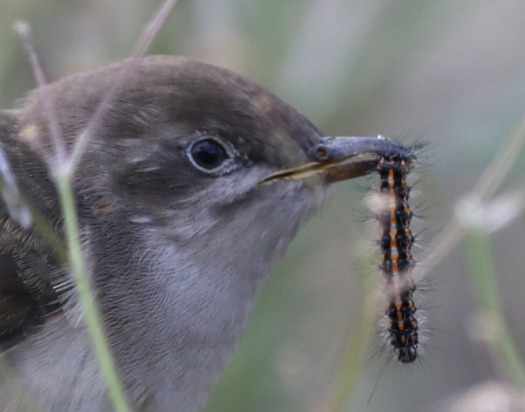A recent trip to Barmah National Park saw me swagging it on the banks of the Goulburn river for a couple of nights on Philippa and Ian’s property, a tiny remnant of original red-gum forest. Sugar glider sounds woke me in the middle of both nights, eerie but satisfying to my ears. Waking on the second dawn I watched a very active yellow-footed antechinus hunting for prey.

Yellow-footed are the only antechinus I know which is active by day (diurnal) and I have seen them climb huge eucalypts to take blossom nectar at 9.30 am. How they manage to avoid crows and other predators amazes me.
I was in the area to establish details for a 2 week visual arts workshop, talk and exhibition with The Grain Store for April 2015 centered on species loss. Opportunities to meet Yorta Yorta representative Sharon Atkinson and other shakers and movers who work in the Nathalia area was appreciated. Time was spent immersing myself in the locality and I was lucky to see a superb parrot feeding in roadside box forest.
Polytelis swainsonii
These beautiful 40cm long birds which formerly nested in Victoria have suffered habitat loss for decades and nesting in this state is now very limited and still declining. They require extensive hollows in mature large eucalypts near to or over water courses, located 5 -7km or less from box trees for forage. Most box forest has been cleared and is now irrigated agricultural land.
From Barmah I travelled to Bendigo where I am in contact with other people intent on changing humanity’s current environmental impacts. I took a couple of hours off in wet weather to walk a small part of Crusoe reserve and was rewarded with close up sightings of what I think were….
Rufous whistler female adult going by the call…
Yellow robin, probably a fledgling
and below….
a colony of yellow-tufted honeyeaters .
Superb fairy wrens were everywhere. On close inspection I chanced to see a cuckoo which at first I thought was looking for suitable host nests surrounded by wrens, but soon realized I was looking at a fledgling totally intent on filling itself with caterpillars which were feeding on the surrounding Common Woodruff.
most likely a fan-tailed cukoo Cacomantis flabelliformis
Cuckoos, including the ‘cuckoo clock’ European bird are actually birds of the tropics and I’m betting this little specimen was gorging itself in preparation for a long flight to New Guinea or Indonesia









Lovely observations – thanks!
LikeLike
Hi Paula, I thought I’d let you know about a wierd observation on the Murray river science people like you may like to comment on. Travelling on Broken Creek were it enters the Murray in a tinny a friend and I noticed a bat in broad daylight taking prey from the water’s surface. I believe we saw a ‘fishing bat’ Myotis macropus, but in bright 10.30 am daylight?
LikeLike
Love your discoveries and beautiful pics!, you saw much more than I did when I was at the Barmah NP, thanks for sharing:-)
LikeLike